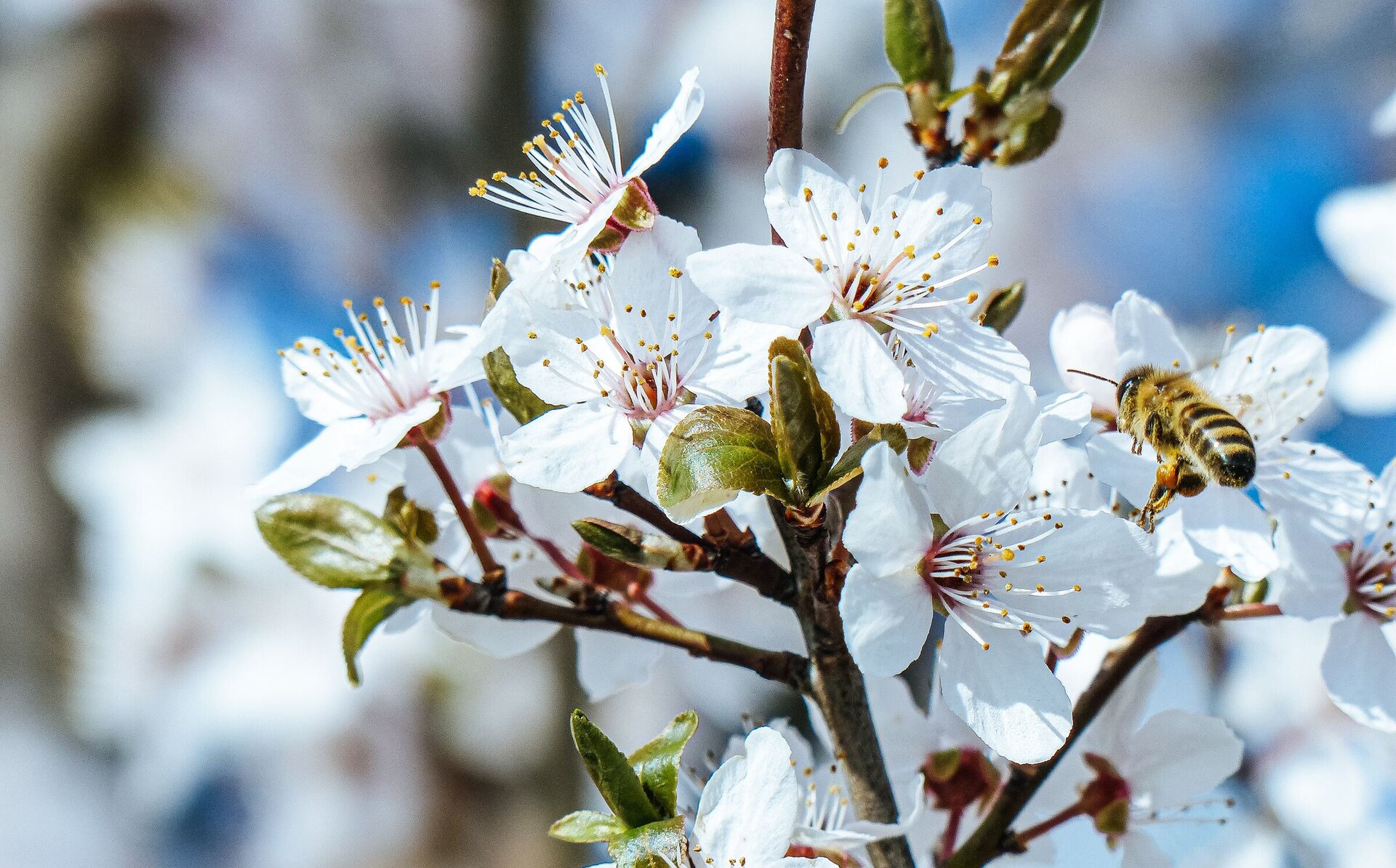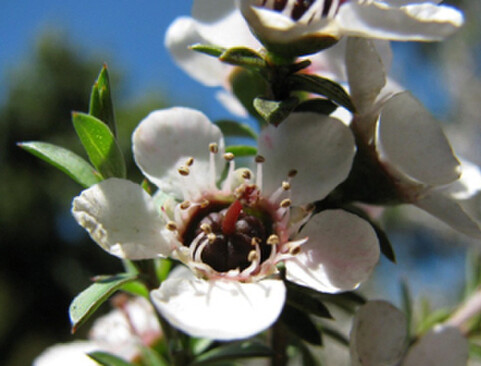All honey has some naturally occurring antibacterial qualities (peroxide activity). This is due to the high levels of sugar in the honey, therefore fewer water molecules, which makes it hard for bacteria to grow. Hydrogen Peroxide can easily be damaged by light and heat. This is one of the reasons why at Sweetree Honey we are very careful not to damage our honey with heat, so all our honeys retain some antibacterial properties. Find out how honey is tested for heat damage.
What is special about Manuka Honey?
Some Manuka honey has a special healing quality that occurs when the bee takes manuka nectar and adds a honey ripening enzyme as they are storing the honey in the hive. This healing quality has a special antibacterial activity, it gives a wider range and greater antibacterial power and allows the honey to absorb deeper into human tissue. This special component is only found in NZ Manuka and Australian Jellybush honey. In New Zealand it is usually called 'Active Manuka'.
Consumed regularly manuka honey will help relieve joint pain, improve sore throats, relief stomach ulcers, lower blood pressure, nourish & heal skin, and increase immunity to sustain great health naturally.
Testing of Antibacterial Activity in Manuka Honey
Non-Peroxide Activity / UMF
In the past Sweetree Honey has always tested for ‘Non Peroxide Activity’, this is equivalent to the UMF (Unique Manuka Factor) tests. This non peroxide activity is rated to show the strength of the non peroxide activity in the honey (just like SPF in sunscreen). The rating signifies the level of antibacterial strength. The higher the rating the higher the activity and therefore the greater the healing power. Generally a rating of 0-4 is undetected, 5-9 is used for maintenance, 10-14 for therapeutic usage and 15+ has very high activity levels for therapeutic usage.
Methylglyoxal (MG)
There is disagreement within the industry on the consistent reliability of NPA results and therefore methylglyoxal testing is now required. Methylglyoxal is the active ingredient responsible for the non-peroxide antibacterial activity. It is a natural occurring and stable compound that can be consistently and reliably tested. Methylglyoxal does correlate to NPA, the higher the MG rating the higher the NPA rating. For example here are some comparisons:
| Methylglyoxal (MG) | Non Peroxide Activity / UMF,approx equivalent | |
| 75 | 5+ | |
| 185 | 7+ | |
| 350 | 12+ | |
| 890 | 20+ | |
| 1200 | 25+ |
Methylglyoxal is the new industry marker for antibacterial activity, so you will start seeing this on manuka honey labels from now on.
Sweetree Testing
All Sweetree manuka honeys are tested at Analytica Labortories, an IANZ-accredited laboratory. We test for Methylglyoxal (MG), Non peroxide Activity (NPA), Hydroxymethylfurfural (HMF), colour, conductivity and Tutin (Tutin is a toxin the bees inadvertently collect from tutu, a poisonous New Zealand shrub). We also test for Dihydroxyacetone (DHA), this is a pre-cursor compound of MG and is a good indicator of the potential levels of MG that will develop as the manuka honey matures in storage.







